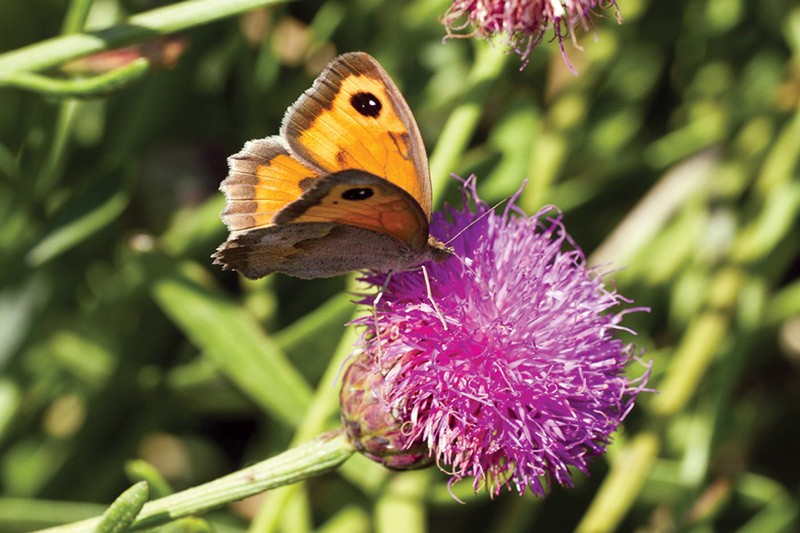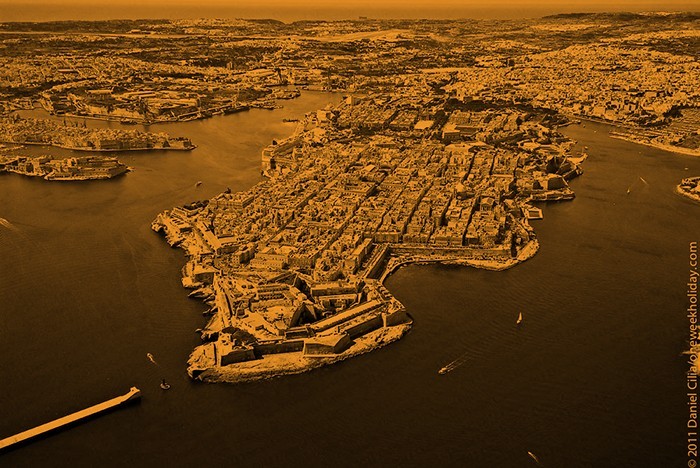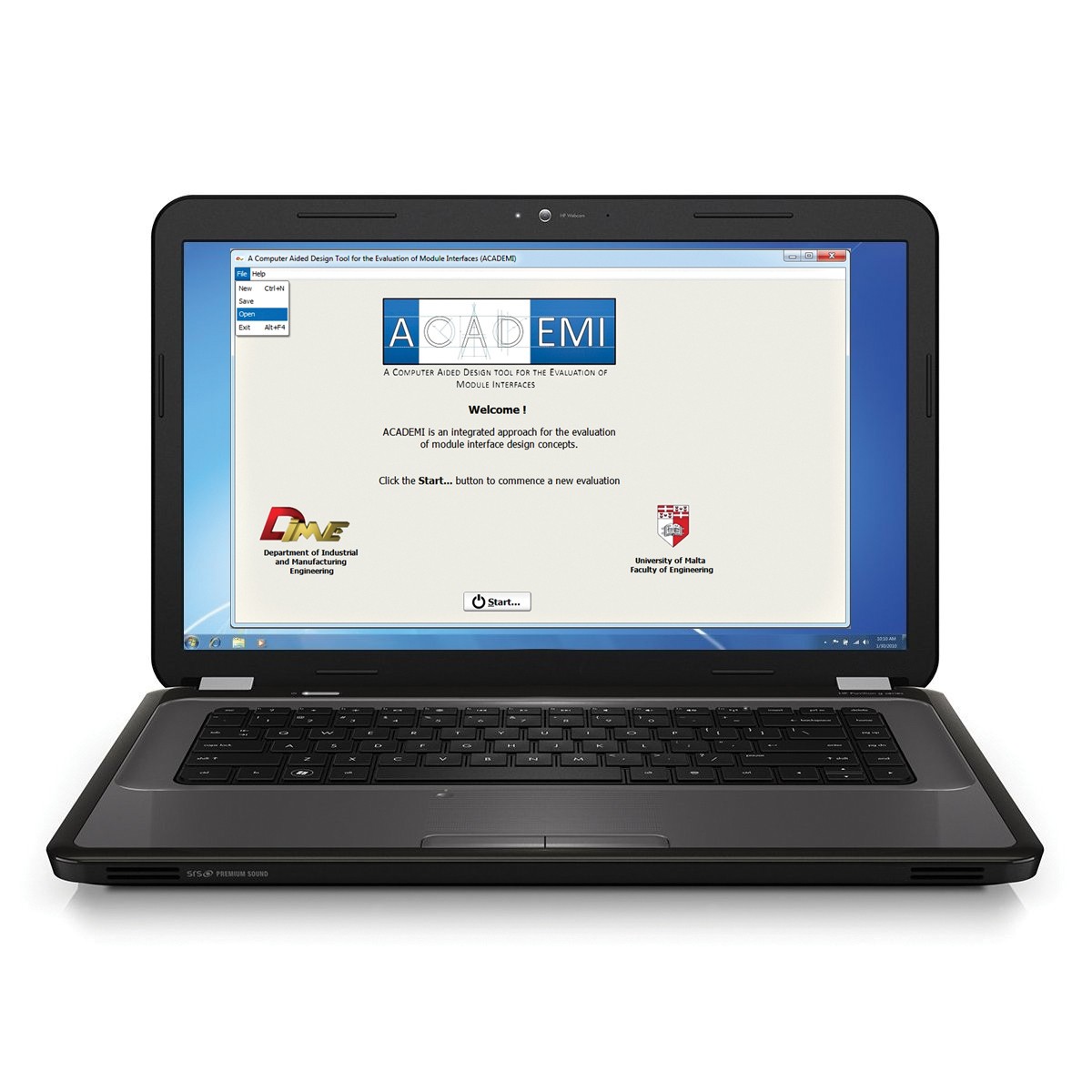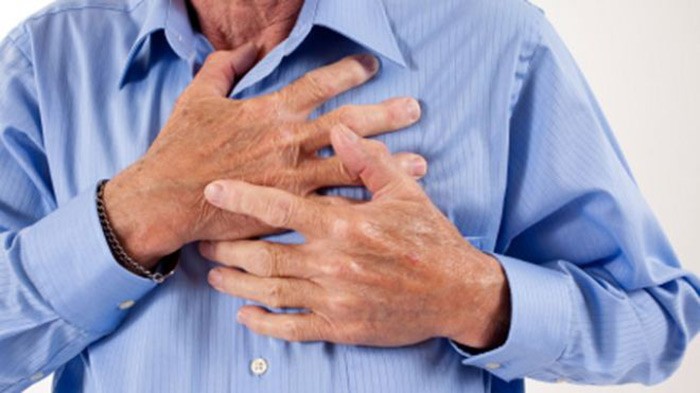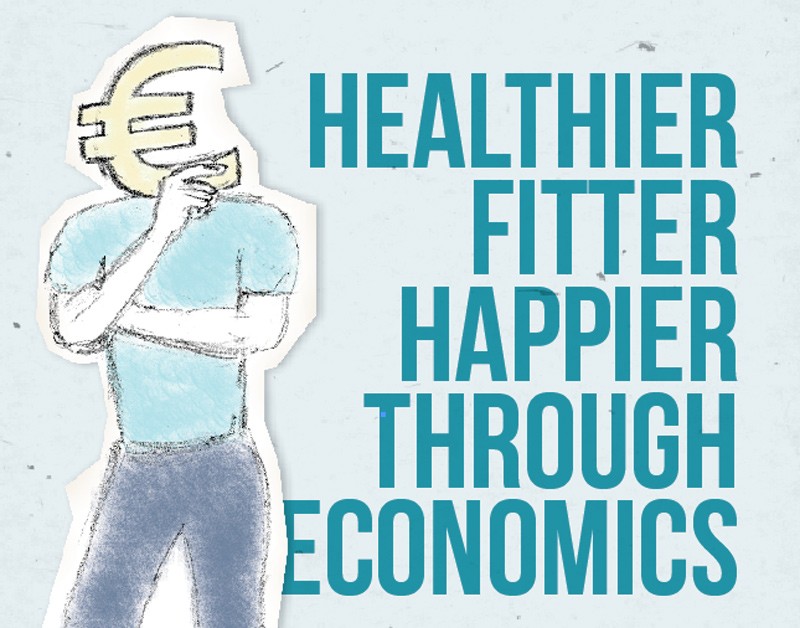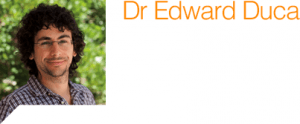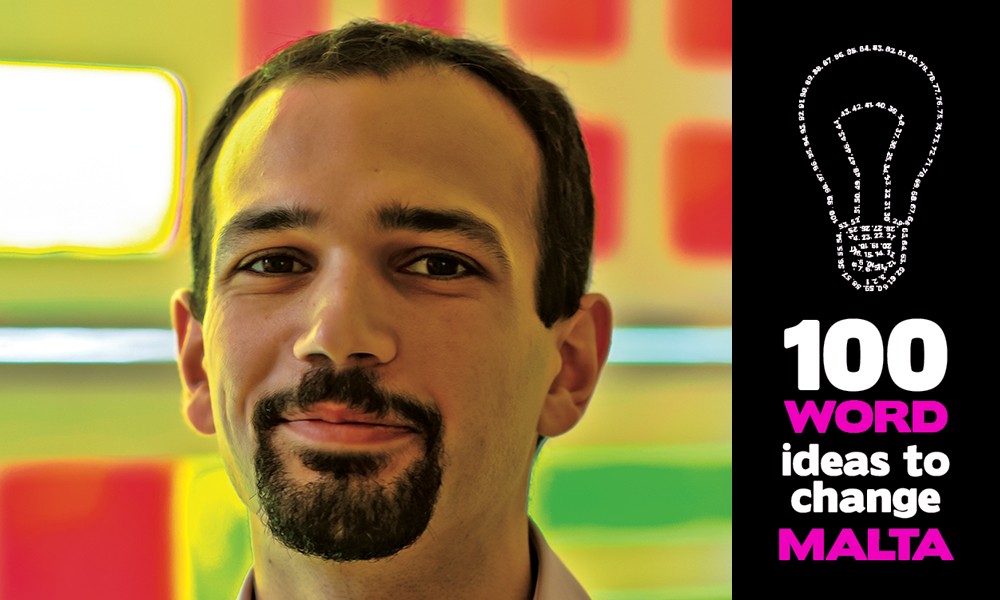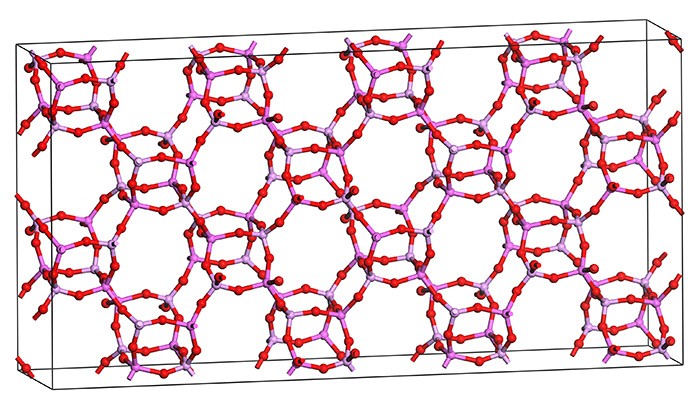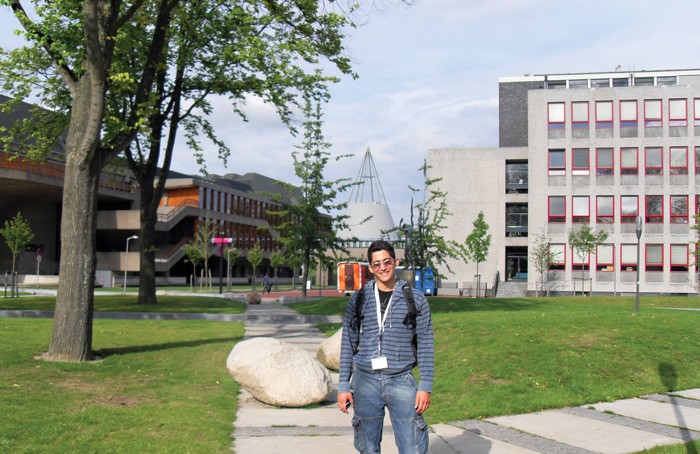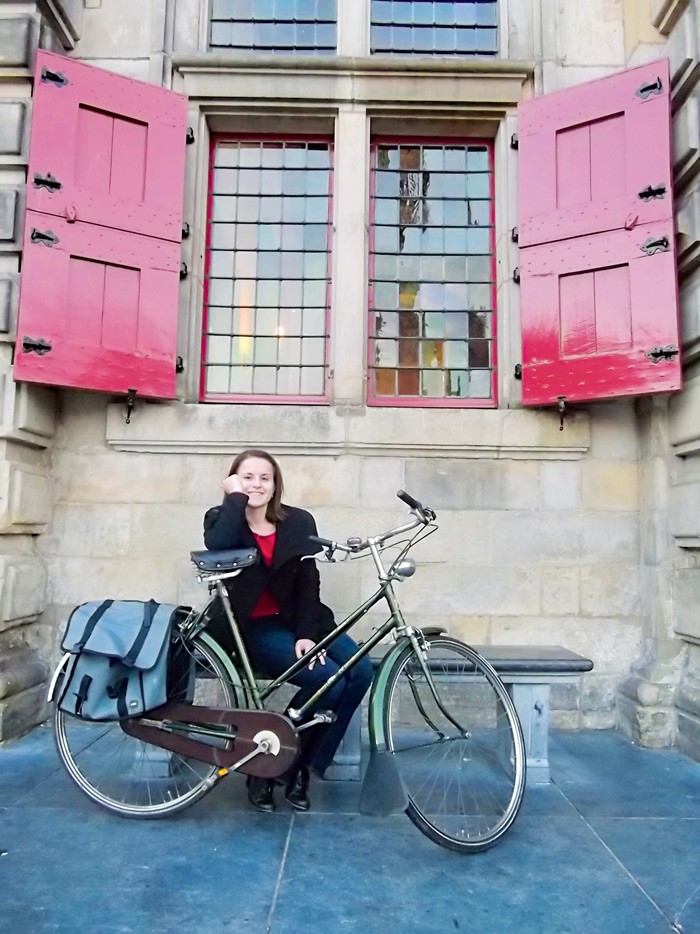Insects are vital. Insects also cover the planet, with local research showing that there might be over 6,000 species — a wonderful world awaits. Find out about the incredible world of insects in Malta!
Continue readingExperiencing Stories
Earlier this year, the Valletta 2018 Foundation invited three tutors from the University of California to Malta to teach an intensive two-week course on screen-writing called Story Works to aspiring writers and producers. Two of the participants of the course, Kenneth Scicluna and Marta Vella fill us in on their experiences.Continue reading
Valletta’s Digital Layer
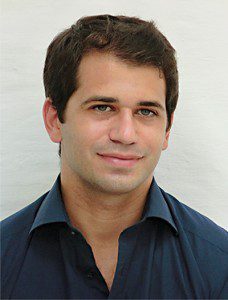
Dérive Valletta is an initiative by digital art student Matthew Mamo (supervised by Dr Vince Briffa) aimed at increasing the visibility of our capital city’s museums and cultural institutions using augmented reality.
Augmented reality has a host of possibilities to allow people to interact with art and through this art the city itself. Inspired by the work of Israeli artist Yaacov Agam, the digital visuals featured in Dérive Valletta require the user to move around the objects being scanned in order to view the content.
Possessing its own cohesive brand and identity, this initiative is ultimately intended to contribute towards the creation of a digital cultural infrastructure within Valletta prior to 2018. Being a digital layer laid over the real world there will be no negative impact on this UNESCO World Heritage Site’s unique built environment.
The brand’s aesthetics were kept minimalistic to create an identity that can be incorporated into Valletta in an unobtrusive manner while endowing the initiative with a contemporary image. Minimalism is reflected in the restrained colour scheme and use of clean sans-serif typefaces.
The research was undertaken as part fulfilment of an MFA in Digital Arts and partially funded by the Strategic Educational Pathways Scholarship (Malta). This Scholarship is part-financed by the European Union — European Social Fund (ESF) under Operational Programme II — Cohesion Policy 2007–2013, “Empowering People for More Jobs and a Better Quality Of Life”.
Choices, Choices, Choices…
Taking the right decision can be a very challenging and daunting process. Designing a mobile phone, a makeup case, or even a pipe needs engineering teams to continuously make important choices quickly. Lawrence Farrugia (supervised by Prof. Jonathan C. Borg) developed a framework that helps engineers evaluate concepts and take these decisions practically. In a typical design process, the design team generates a number of different concepts that fulfil what is needed from the product. These design concepts are then evaluated against conflicting evaluation criteria. Criteria are chosen from the life cycle of the product and can include cost, quality, ease of use, and recyclability (pictured). Evaluation determines the concept chosen for further development.

Although there are design tools that are intended to support engineering design teams in decision making, the reality check is that these tools are rarely used. Such tools are typically too impractical to employ in the real world. Due to the ever increasing complexity of products and the importance of early decision making, this research recognised the need to provide engineering design teams with a practical yet reliable support system.
Farrugia’s research was carried out at the Concurrent Engineering Research Unit (CERU) within the Faculty of Engineering. The framework he developed aids design teams to analyse and rank multiple design concepts against several conflicting evaluation criteria. The proposed framework was then implemented into a prototype computer aided design (CAD) tool named ACADEMI (pictured).
The tool developed by Farrugia allows for design concepts to be mathematically appraised and ranked automatically. The user inputs the various evaluation criteria and the best design is shown in a very short time. This ranking helps the design team rapidly figure out which design concepts should be developed. After the framework and tool were developed the research work was evaluated in the field by engineers from industry and academia. Most industry personnel said that they would be willing to adopt the computer tool in their daily professional work. ï
More information about the research work may be accessed through: www.academi.co.nr
This research was performed as part of an M.Sc. (Research) in Mechanical Engineering at the Faculty of Engineering. This research was partially funded by the Strategic Educational Pathways Scholarship (Malta). This Scholarship is part-financed by the European Union — European Social Fund (ESF) under Operational Programme II — Cohesion Policy 2007–2013, ‘Empowering People for More Jobs and a Better Quality Of Life’.
Keeping heart attacks on hold
Heart attacks and strokes kill millions every year. Most are caused by blockages to blood vessels. Vessels can be pried open by heart stents, tubular devices that are inserted and inflated to prevent vessels from collapsing or blocking. Stents incur many problems ranging from flaring at the edges to fracturing to unexpected shrinking. All lead to complications, further surgery, and even death.
Luke Mizzi (supervised by Prof. Joseph N. Grima, Dr Daphne Attard, and Dr Ruben Gatt) has studied existing stent designs to identify their weaknesses and is currently studying novel designs that overcome these problems. He used computer simulations to replicate the stresses current stents experience in the human body. These stents performed well in response to inflation and bending. However, shortening still occurs and they do not expand uniformly leading to flaring at the edges.
Mizzi found which current designs fared well but no design had all the features needed by heart stents. Crowns with a zigzagging structure allow for high expandability while S-shaped connections between crowns allow for high flexibility.
Mizzi who forms part of the Metamaterials Unit is designing new stent geometries that build on these features incorporating them all and improving stent performance. The next step for these researchers are designs that support part of the throat or oesophagus to continue saving lives.
This research was performed as part of Doctoral Studies at the Faculty of Science at the University of Malta. It is funded by the Malta Council for Science and Technology through its R&I programme. This project is in collaboration between the University of Malta, HM RD Ltd, part of the HalMann Vella Group of Companies, and Tek-Moulds Precision Engineering Limited.
Healthier Fitter Happier through Economics
People do not always act rationally. They overeat, overspend, and find it difficult to plan for the future. THINK met Prof. Liam Delaney to talk about how a new branch of economics might solve the pension crises, the obesity epidemic, the financial situation, help science, and make us feel better. Words by Edward Duca
Make light talk to light
Dr André Xuereb
Technology has made the world a very small place. Using light has transformed communication systems and a web of optical fibres span beneath our streets. This technology is no panacea since light cannot talk to another light beam: currently, ‘translators’ are needed. We want to push forward research into technologies that remove this requirement, addressing both commercial considerations and the underlying mechanisms. Our research is using exotic effects of quantum mechanics to help cut out the middleman and make light talk to light. This would increase speed, make security unbreakable, and improve energy efficiency. Malta’s communication technology would be revolutionised.
The Nanomolecular World
In life we are more capable of observing what we easily see. New technologies make it much easier to peek into the nano world to see molecules and atoms. By looking at the very small systems we can understand much larger ones.
Dr Reuben Cauchi (supervised by Prof. Joseph N. Grima, Dept. of Chemistry and Metamaterials Unit) has studied the structural chemistry of particular inorganic crystals (zeolites) through various molecular modelling techniques to learn how nano features result in unusual properties. By using structural chemistry techniques, Cauchi also studied the mechanisms that influenced these unusual properties under different conditions of pressure and temperature. They resulted in some extremely useful properties.
Dr Cauchi observed multiple unusual properties in a single zeolite crystal. Such complex combinations gave birth to the idea that other systems apart from zeolites can have more than one property at the same time. Studying zeolites allowed
the team Cauchi is part of to develop smart systems. These systems can be controlled by changes to stimuli indirectly related to each other, which effect the response to other stimuli.
Zeolites are naturally found crystals and beautiful systems to learn from. Studying such structures may help us think of new ideas and ways for technology improvement. For example, some of Cauchi’s findings are now being used by the Metamaterials Unit to develop smart honeycomb-like systems which can improve heart stent designs or make superior skin grafts.
This research was performed as part of Doctoral Studies at the Faculty of Science at the University of Malta and with the help of Gdansk University of Technology. It is partially funded by the Strategic Educational Pathways Scholarship (Malta). The scholarship is part-financed by the European Union — European Social Fund (ESF) under Operational Programme II — Cohesion Policy 2007–2013, “Empowering People for More Jobs and a Better Quality of Life”. The Metamaterials Unit also acknowledges the funds received from the Malta Council for Science and Technology through their R&I scheme.
Power of the Wind
 My passion for renewable energies was sparked off during my undergraduate studies in Mechanical Engineering at the University of Malta. Thanks to ERASMUS, I studied at the University of Strathclyde which had a Renewable Energy course that, at the time, was not offered in Malta.
My passion for renewable energies was sparked off during my undergraduate studies in Mechanical Engineering at the University of Malta. Thanks to ERASMUS, I studied at the University of Strathclyde which had a Renewable Energy course that, at the time, was not offered in Malta.
I spent the last year of my bachelor studies designing and testing part of a wind tunnel to simulate atmospheric wind conditions. This test setup allowed for more realistic wind turbine experiments than previous efforts.
Although I wanted to further my career in wind energy, I opted first to broaden my knowledge in the field of renewables by enrolling for the Masters in Sustainable Energy Technology at Delft University of Technology in the Netherlands in August 2010.
Over the first year, I worked on several projects. They included designing a smart grid which was presented at the European Joint Research Centre (JRC). I also helped develop an innovative thermal energy plant that exploits temperature differences between the ocean surface and deep-water (>1km deep) in tropical waters to generate electricity.
Over the second year, I again carried out research in wind energy. At the famed Wind Energy Research Institute of Delft University called DUWIND, I looked into the effect wind turbines can have on each other. When wind turbine blades cut through the wind they can change its direction. This can reduce the efficiency of nearby wind turbines making them produce less energy. My results showed that a turbine’s effect on nearby systems diminishes when the wind distortion it causes is limited either by the wind’s inherent instability or other by properties like its proximity to the ground. By exploiting these wind qualities, a wind farm’s efficiency can be improved by up to 15%.
After my Masters I worked for a year at Eindhoven as a flow and thermal analyst at Segula Technologies Consultancy. I developed new components for a company’s cutting edge lithography machines and for fuel cell system development for BOSAL engineering. Now I have managed to secure a Ph.D. scholarship in wind turbine blade aerodynamics, continuing the work I started in my Masters at DUWIND. This time I am looking into the influence of small flow control devices on the performance of large (10 MW) wind turbines.
Baldacchino was awarded a STEPS scholarship for his Masters studies, which is part-financed by the EU’s European Social Fund under Operational Programme II — Cohesion Policy 2007–2013.
Netherlands: a land of bikes, clogs, and research

My journey started in 2006, when I started my bachelor in Mechanical Engineering (University of Malta). My passion lay in Materials Engineering, so I focused my undergraduate thesis in this area. I studied ways of improving the corrosion resistance properties of Nitinol, an alloy of Nickel and Titanium. This material is used in many biomedical applications. I built an environment similar to the human body to test the material’s corrosion properties.
After graduating in 2010, I took an M.Sc. in biomedical engineering and specialised in biomaterials (Delft University of Technology, Netherlands). Over this two-year programme as part of my technical internship, I worked at the Orthopaedics Research Department of the Erasmus Medical Centre (Rotterdam). I worked with two other Ph.D. students researching titanium scaffolds for bone defects.
Following my internship, I moved back to Delft and performed another research project again on the alloy Nitinol. We were using it to improve heart stents, tubes used to prop open blood vessels when they are clogged. I created a layer of a ceramic, porous Titanium dioxide, on the surface of Nitinol and then filled the pores with a novel drug that prevents the blockage of blood vessels. Heart stents sometimes fail by getting clogged, the slow release of the drug, which we monitored, would help prevent blockages hence heart attacks at a later date.
But my time in Delft was not yet over. I remained at TU Delft to take up a two-year research position. This time I am researching how natural polymers can be used to make artificial cartilage tissue for patients who need it replaced — a challenging project since I am learning how to set up a new lab for a new subject.
Cuschieri was awarded a STEPS scholarship for her Masters studies, which is part-financed by the EU’s European Social Fund under Operational Programme II — Cohesion Policy 2007–2013.

